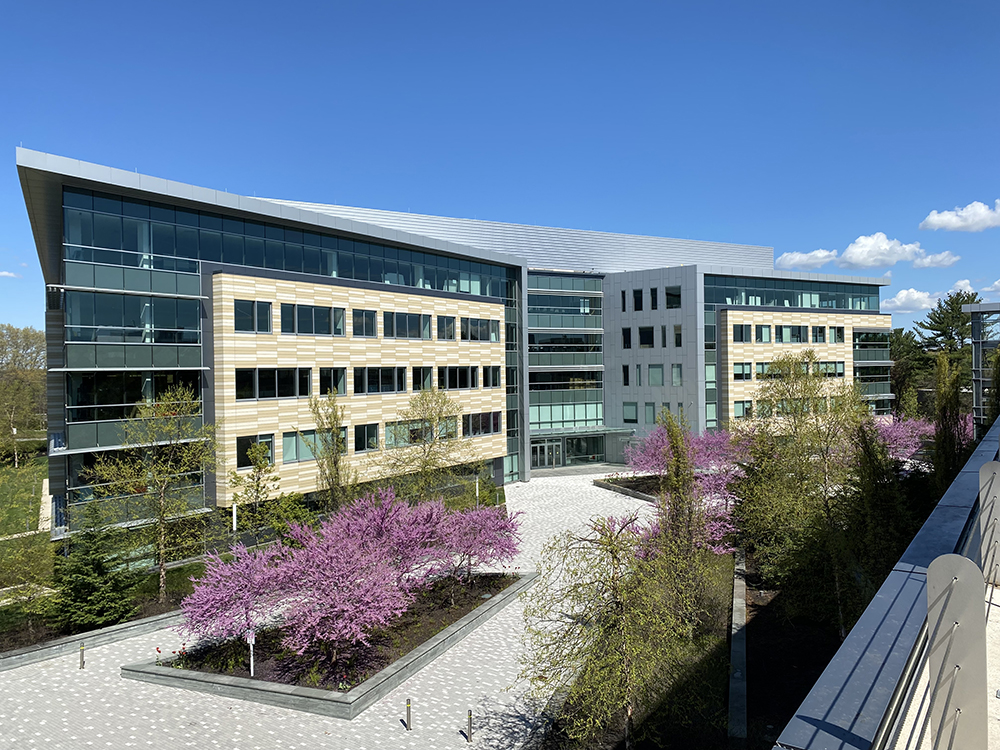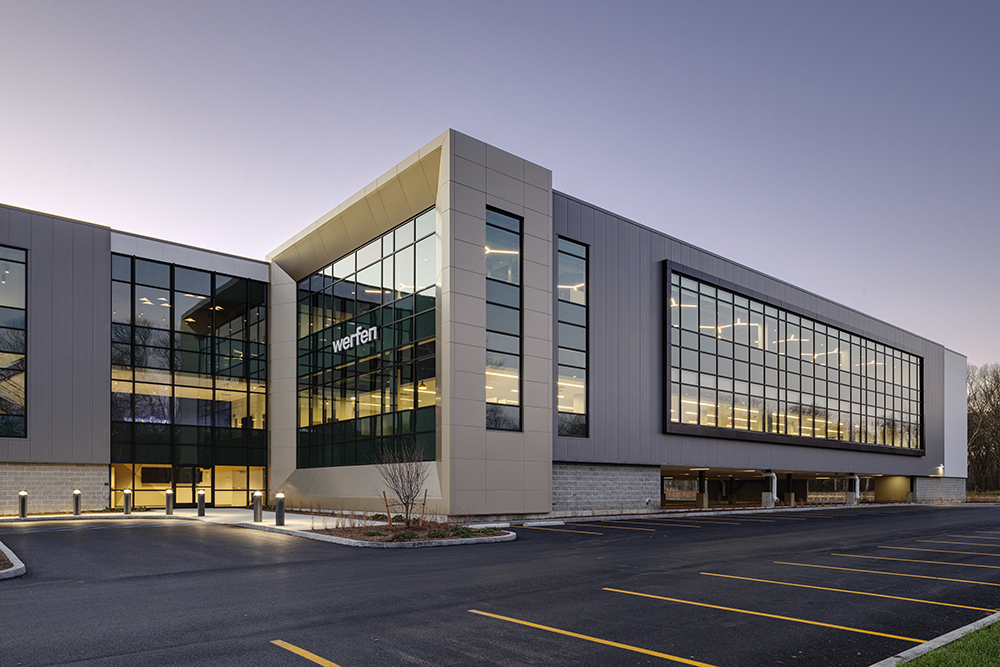How developers are curating the dining experience - by Andrea DeSimone

The Boston food scene is having a really exciting moment. Local chefs pushing the boundaries of Boston’s culinary culture, have made the city a destination for restaurateurs. Simply put, we’ve outgrown the image of basic, cold mayo-drenched lobster rolls and clam chowder.
Developers are eager to join the movement, tapping into talent to bring buzz to projects in all corners of the city. Navigating the thriving restaurant scene is not without its challenges. Here we explore two key tips that developers should consider before bringing a new restaurant to their properties.
Be complementary
When developers start the process of selecting a new restaurant to anchor their mixed-use development projects, the key restaurant space is often the cornerstone that creates a destination for the entire project, a whole street or neighborhood. It’s not enough to have a great menu and cocktail list. The most successful restaurateurs will be the right match for the neighborhood and accompanying food scene, complementing and integrating seamlessly into the existing fabric of the area, adding a truly unique cuisine offering. Or be something so wild, so destination, that it creates more draw to the area.
A new restaurant can build buzz and contribute to the feeling that the neighborhood is the next hottest destination for creative cocktails, world-fusion cuisine or an ever-expanding list of “fine casual” dining options. Developers should take a complementary approach, asking whether or not this restaurateur will be perceived as a match for the local food scene along with what they add to the building and the neighborhood.
By thinking through how a new offering can be complementary and unique coupled with a restauranteur who incorporates thoughtful design elements to elevate the dining experience, developers will be one step ahead of the competition—and there’s a lot of it right now.
Design for an experience
Successful developers in Boston will work with restaurateurs who bring a story to life through elevated design—in the restaurant’s finishes, its menu and concept plan that they compile. For example, the gorgeous Murano glass chandelier anchoring the bar at Liquid Art House, or the cool mixed media wall finishes and interesting glassware at Ruka, or down in the Seaport at Committee with heads-up pennies laid into concrete, the elements make the experience unique and story-worthy and working together make the restaurant appeal to multiple audiences: nearby residents, the foodie population, the work day (and night) crowd, not to mention Bostonians and New Englanders at large. In order to meet the expectations of this clientele, developers must take a thoughtful, tailored approach. The care and attention paid to the space and the offering will be evident, and keep guests returning while setting the tone for the rest of the development.
Andrea DeSimone, first vice president of retail services, CBRE/New England, Boston, Mass.
Newmark negotiates sale of 10 Liberty Sq. and 12 Post Office Sq.


Five ways to ruin a Section 1031 Like-Kind Exchange - by Bill Lopriore

How COVID-19 has impacted office leasing - by Noble Allen and John Sokul

Four tips for a smooth 1031 Exchange - by Bill Lopriore








.png)